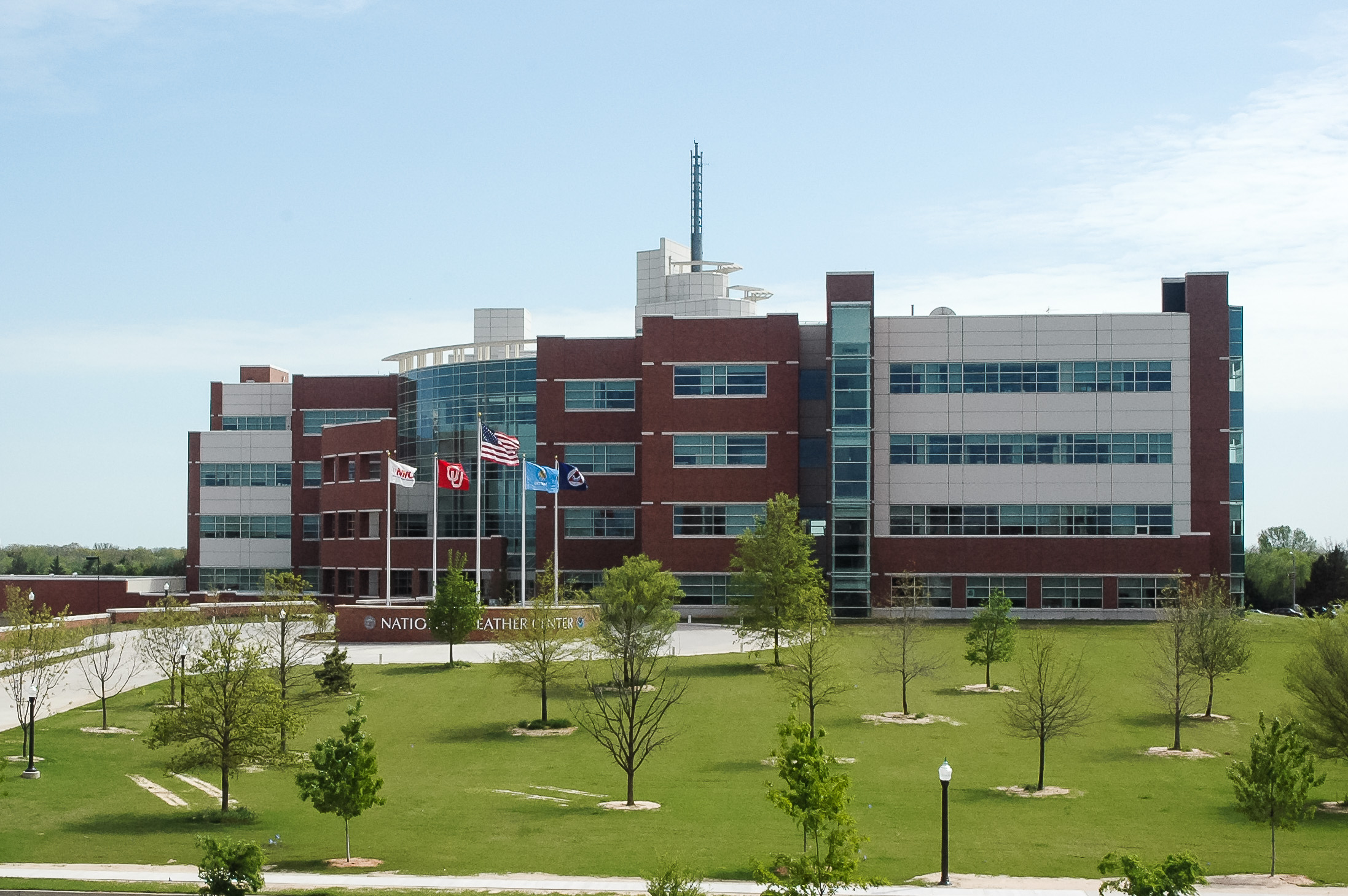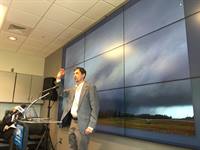
In 1994, scientists at NOAA’s National Severe Storms Laboratory embarked on a field campaign that aimed to study why certain supercells produce tornadoes. Coordinated by Bob Davies-Jones, Jerry Straka, and Eric Rasmussen, the two-year project sought to address questions about the dynamics and evolution of tornadic storms.
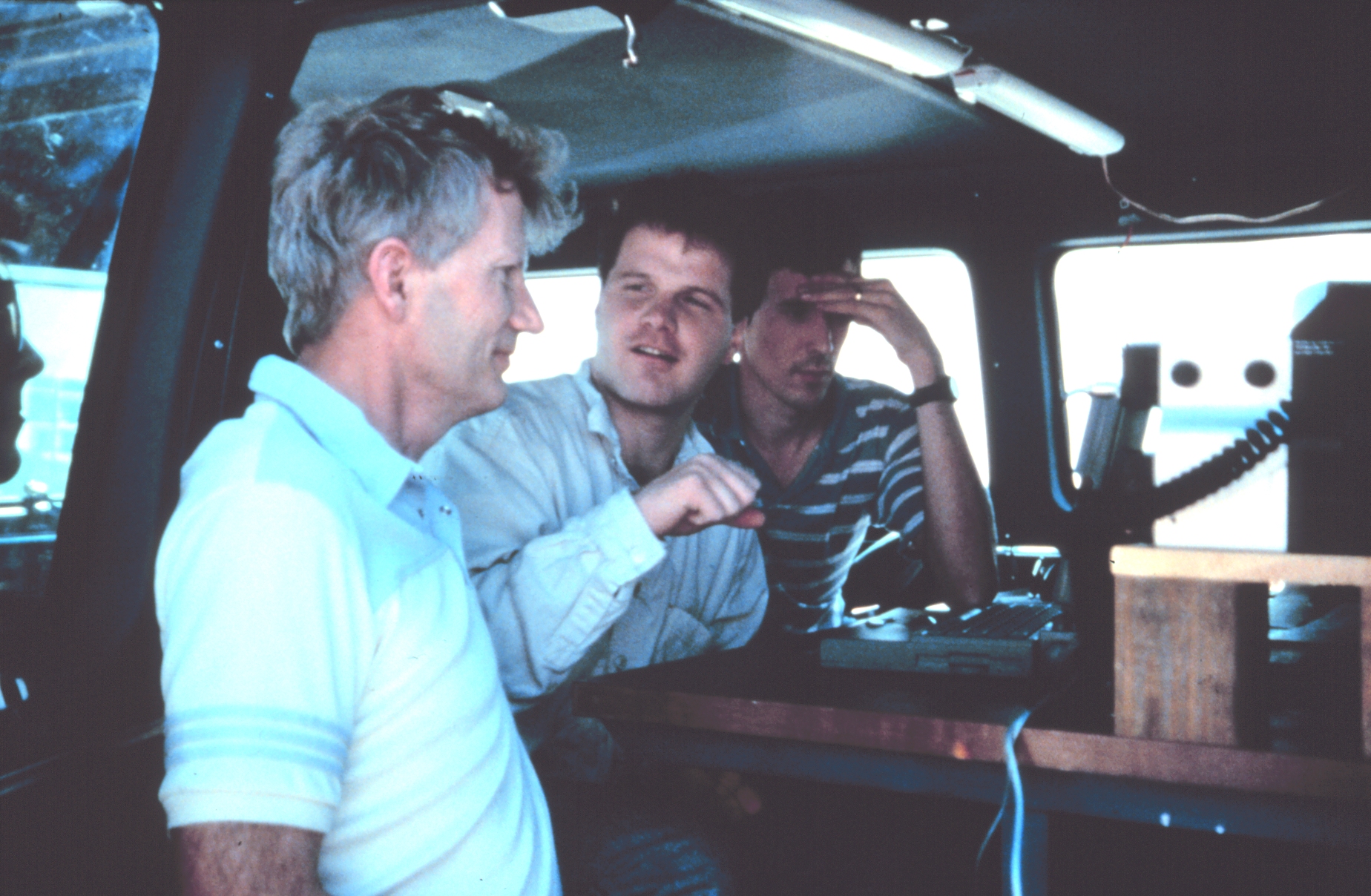
VORTEX took place in the central and southern plains, where conditions are most favorable for severe weather outbreaks in the spring. The region also boasts an easy-to-navigate road network and flat terrain, making it particularly well suited to storm observation.

Field work was completed between April 1 and June 15, with data analysis taking place during the remainder of the year. Because the project spanned over two years, researchers were able to adapt lessons learned in the first year to improve strategies in the second.
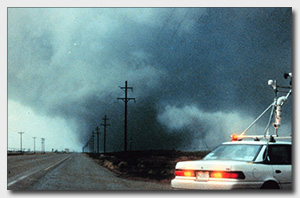
The first VORTEX field campaign employed a number of vehicles equipped with custom weather sensors, including mobile mesonets, mobile radars, and mobile sounding systems. In addition, the NOAA P-3 participated in both the 1994 and 1995 seasons.

During its two seasons, VORTEX scientists intercepted ten tornadoes. Most notably, researchers followed the Dimmitt, Texas tornado on June 2, 1995, which was the most thoroughly observed tornado on record to that point.
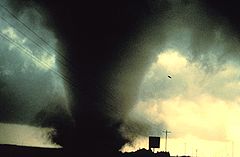
Each storm was analyzed from multiple angles, some at close range. Research from the VORTEX project was instrumental in improving National Weather Service tornado warning lead time to thirteen minutes. The project also inspired two follow-up campaigns: SubVORTEX in 1997 and VORTEX-99 in 1999.

